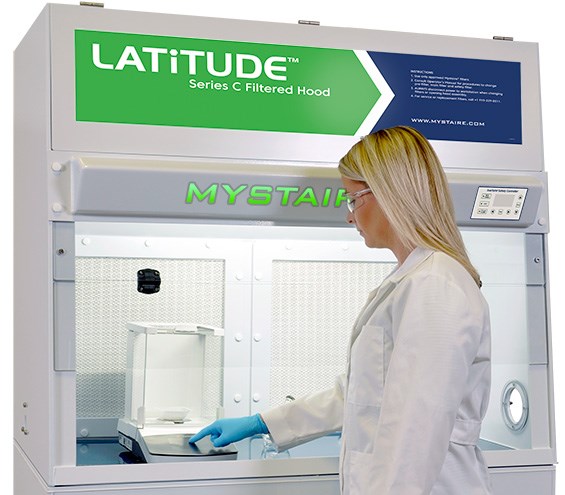With police regularly encountering deadly drugs such as Fentanyl, the Moose Jaw Police Service has decided to purchase a machine that allows members to handle these toxic substances safely.
The Latitude Series C Filtered Hood uses a rear wall filtration system to pull away potentially harmful particulate from the operator’s breathing zone in an even horizontal airflow path, increasing particulate and vapour capture. A microprocessor controller constantly monitors the filtration system and alerts the user with audible and visual alarms if airflow or filter problems occur during operation.
The police service (MJPS) expects the machine to cost $14,094.54 and will pay for it using the equipment reserve control account.
The Moose Jaw Board of Police Commissioners also agreed with the police agency’s pursuit of this device and unanimously approved a motion during the May 11 meeting to spend up to $15,000 for the purchase.
Police presentation
“We are seeing an uptick in Fentanyl in the province and Moose Jaw as well. We’ve taken steps in the past by issuing our members Naloxone (nasal spray) in the event they are exposed to Fentanyl, or they have to treat someone who’s overdosing on Fentanyl,” Deputy Chief Rick Johns told the board.
Fentanyl is dangerous since it carries a high risk of overdose and potential death when used, he pointed out. There is also a large risk to officers accidentally overdosing when encountering this drug or any drug laced with Fentanyl.
An occupational health and safety (OH&S) concern has also been identified when officers handle Fentanyl or any drug — such as cocaine, heroin, methamphetamine and morphine — laced with that substance, Johns continued. During drug investigations, officers must handle, weigh, extract samples for testing, package, and exhibit drugs. The area where this currently happens lacks sufficient ventilation.
The police service has handed out 55 Naloxone kits to its members since January 2020, while officers have attended 55 overdose situations where EMS personnel have used the kits 16 times on people who required medical attetnion, said Acting Supt. Cameron Lewis.
“We have seen a really significant — in the quantity of cases we do — growth with Fentanyl. I think more so with the Fentanyl being laced or intertwined with other drugs is a higher concern,” he continued.
This has included the arrest on May 7 of an Edmonton man for a firearms incident. Officers discovered 16 ounces of cocaine during the investigation, which they believed was laced with Fentanyl.
Naloxone — also known as Narcan — is on every officer and is kept throughout the police building, especially in the cells, said Johns.
Headquarters reminds officers to use extreme caution when handling cocaine because of the possible presence of Fentanyl, said Lewis. It could take months before lab results show whether that substance is present in cocaine.
"We do not have high seizure rates of Fentanyl. For the most part, what we’re seeing here in town is low-level use, and so the quantities tend to be very small or trace amounts … ,” he added.
It’s important to support officers and address the OH&S issue with safe practices and proper training, said Commissioner Mary Lee Booth. In health care, for example, universal precautions are taken to protect staff with personal protective equipment.
As for officers carrying Naloxone, Booth thought it was an important tool to have for safety.
“This is a good (move) for us,” Mayor Fraser Tolmie, board chairman, said. “(However), it’s not a purchase I like because of what we’re dealing with in the community.”
The next Board of Police Commissioners meeting is Tuesday, June 8.




